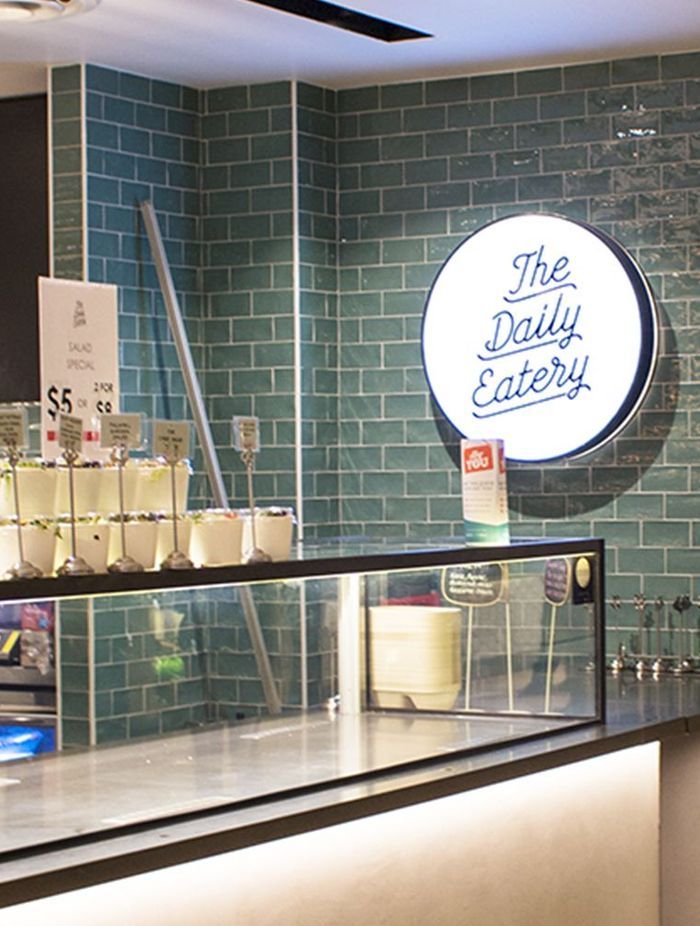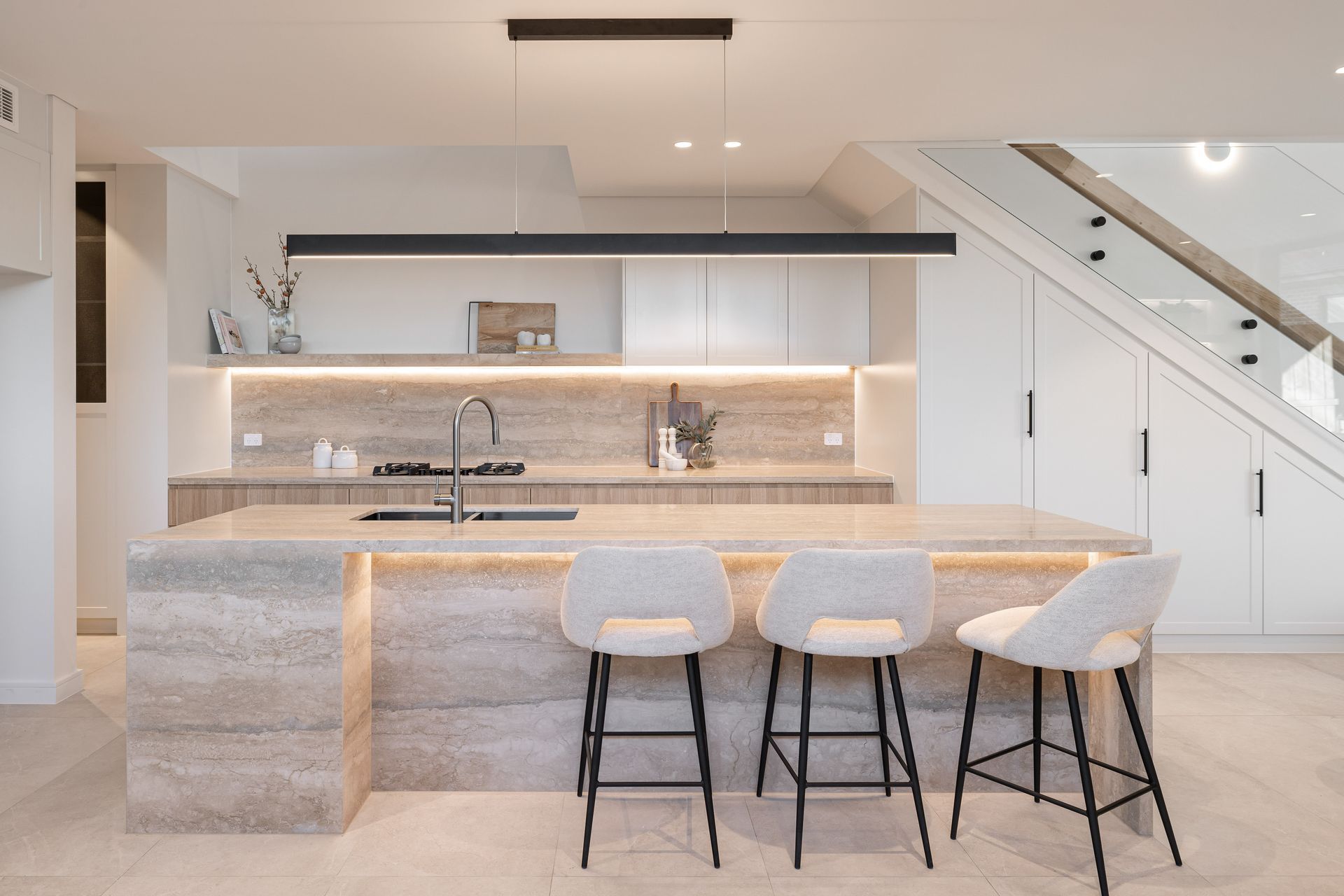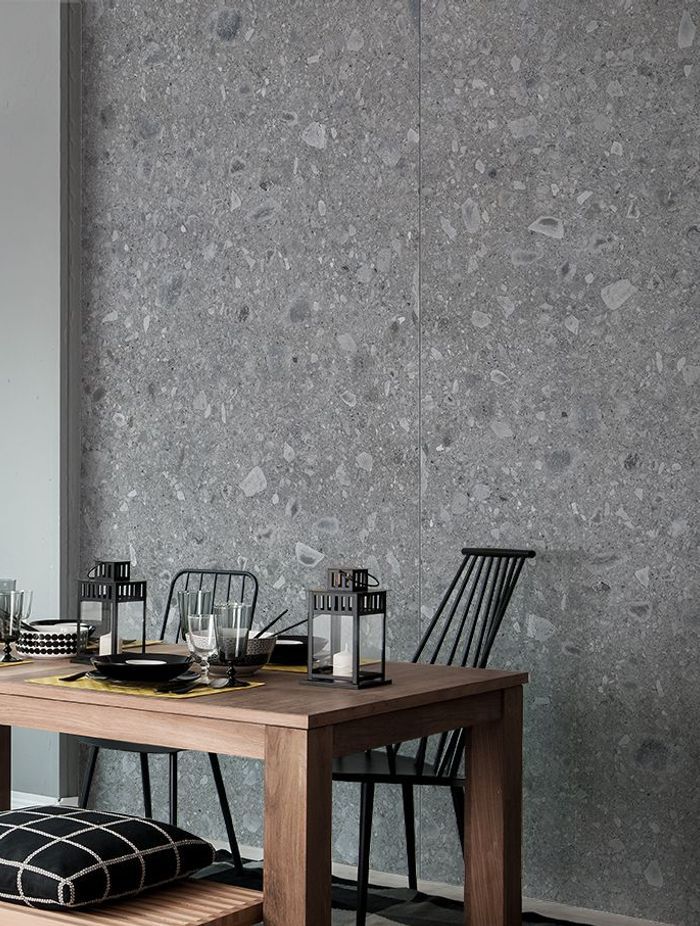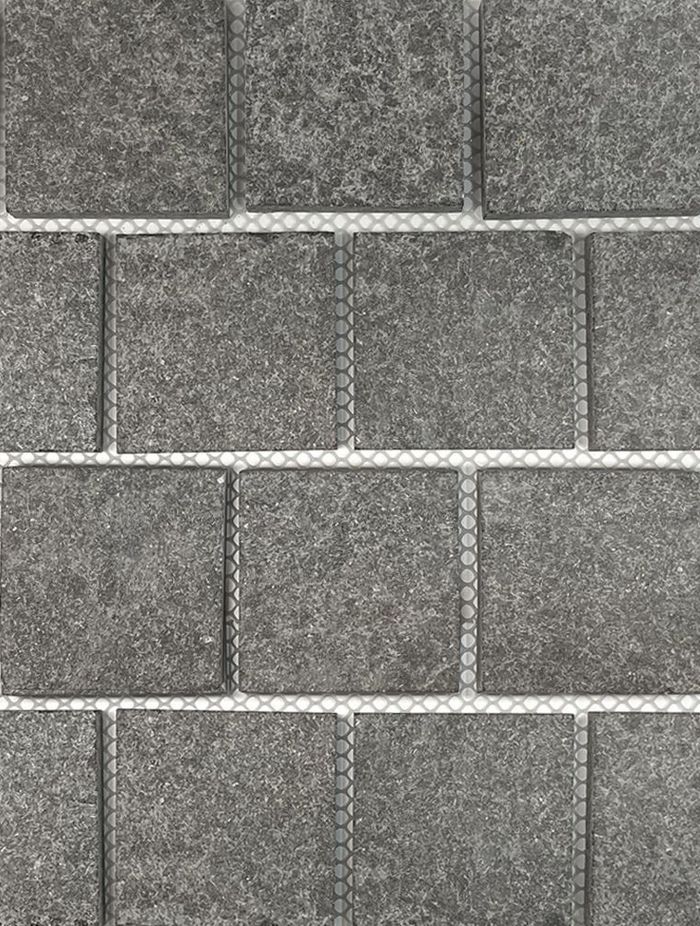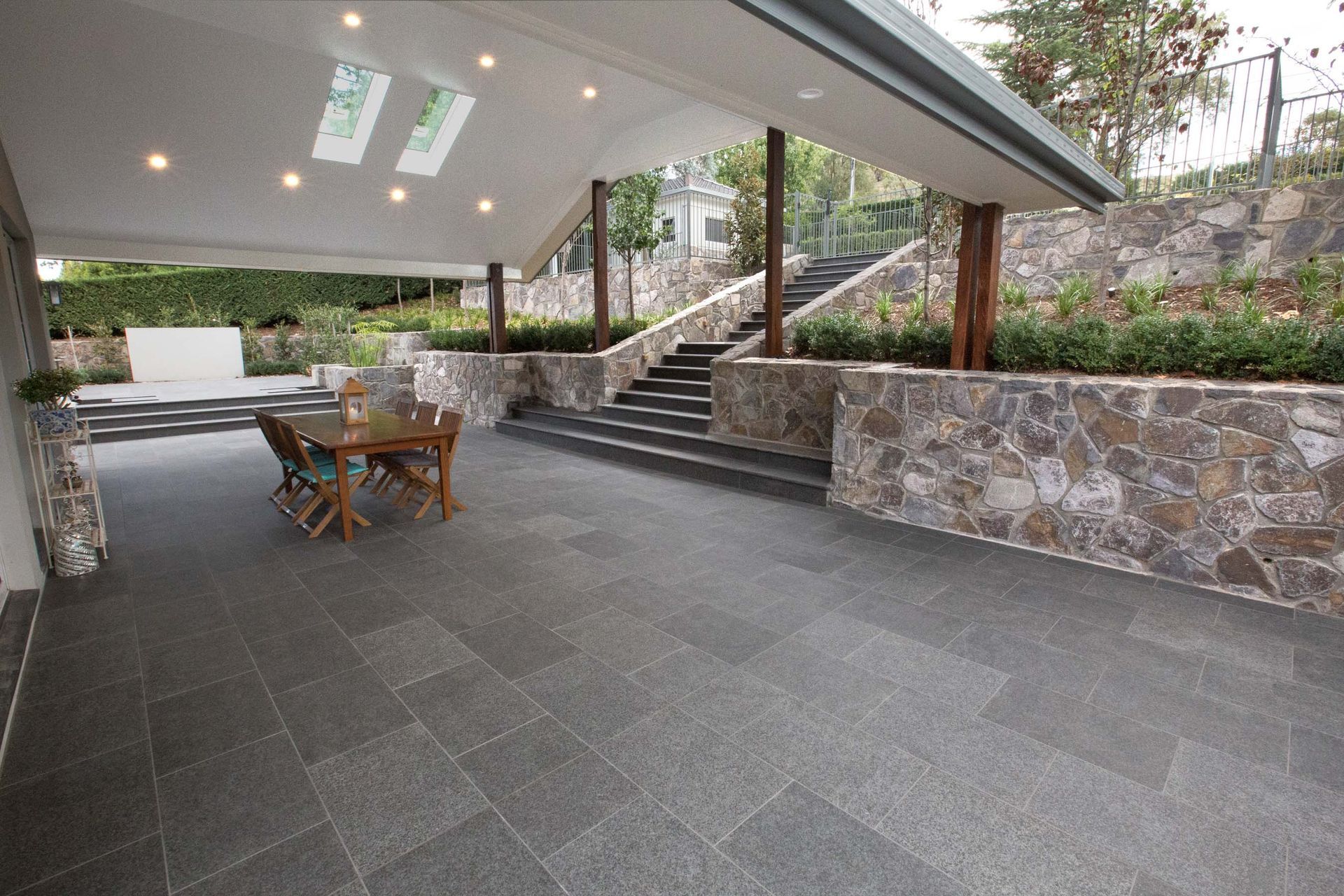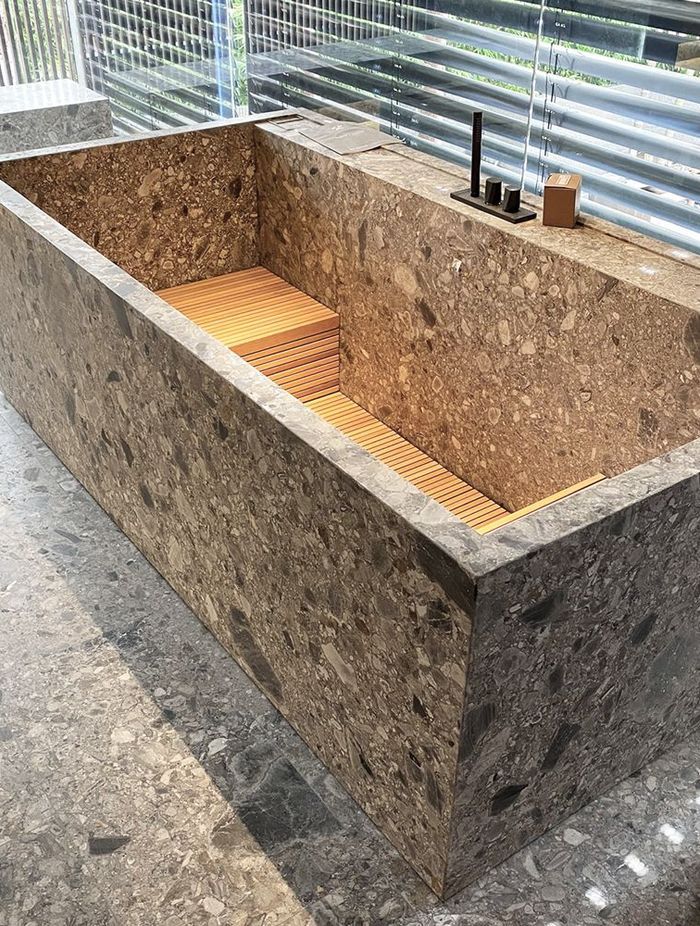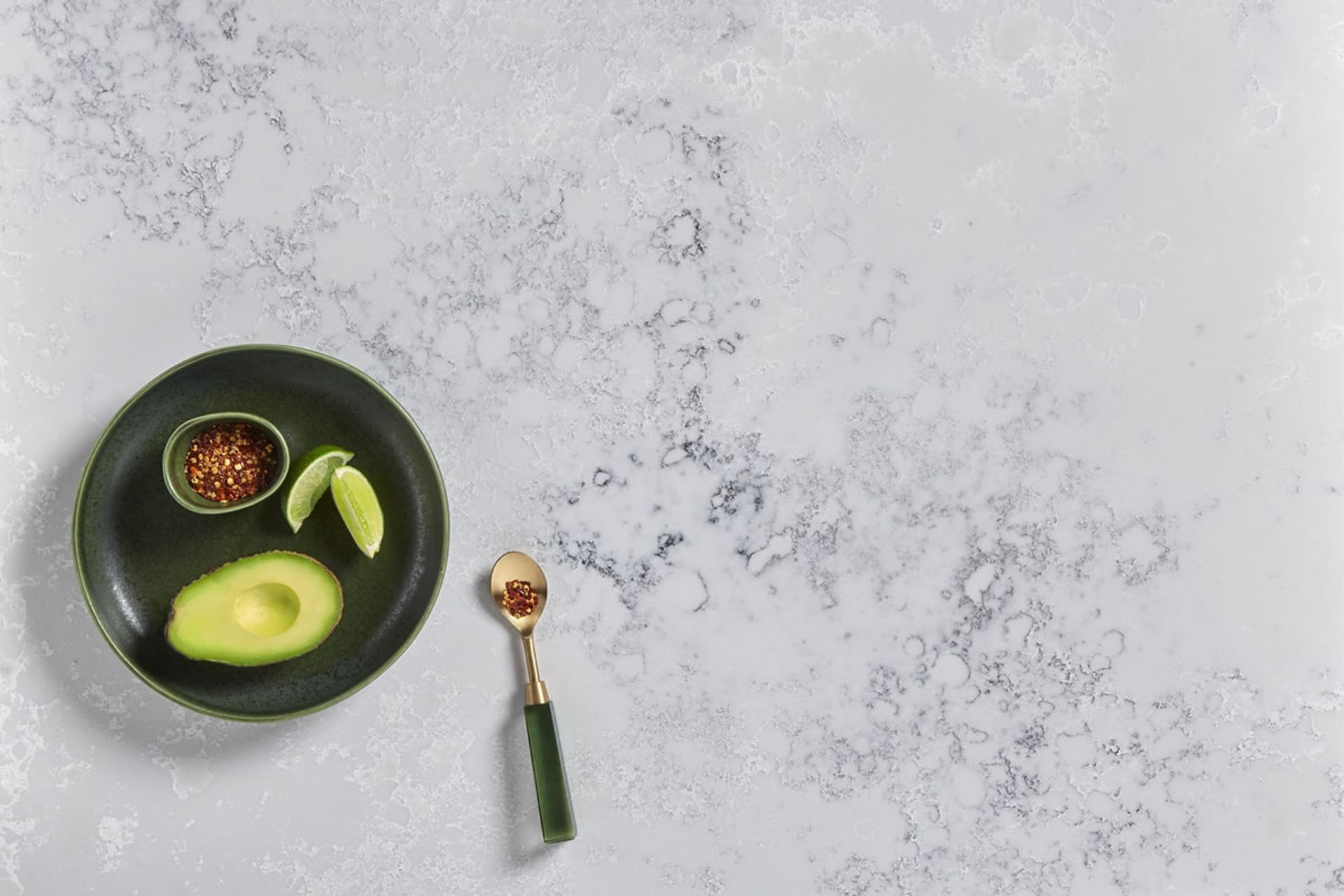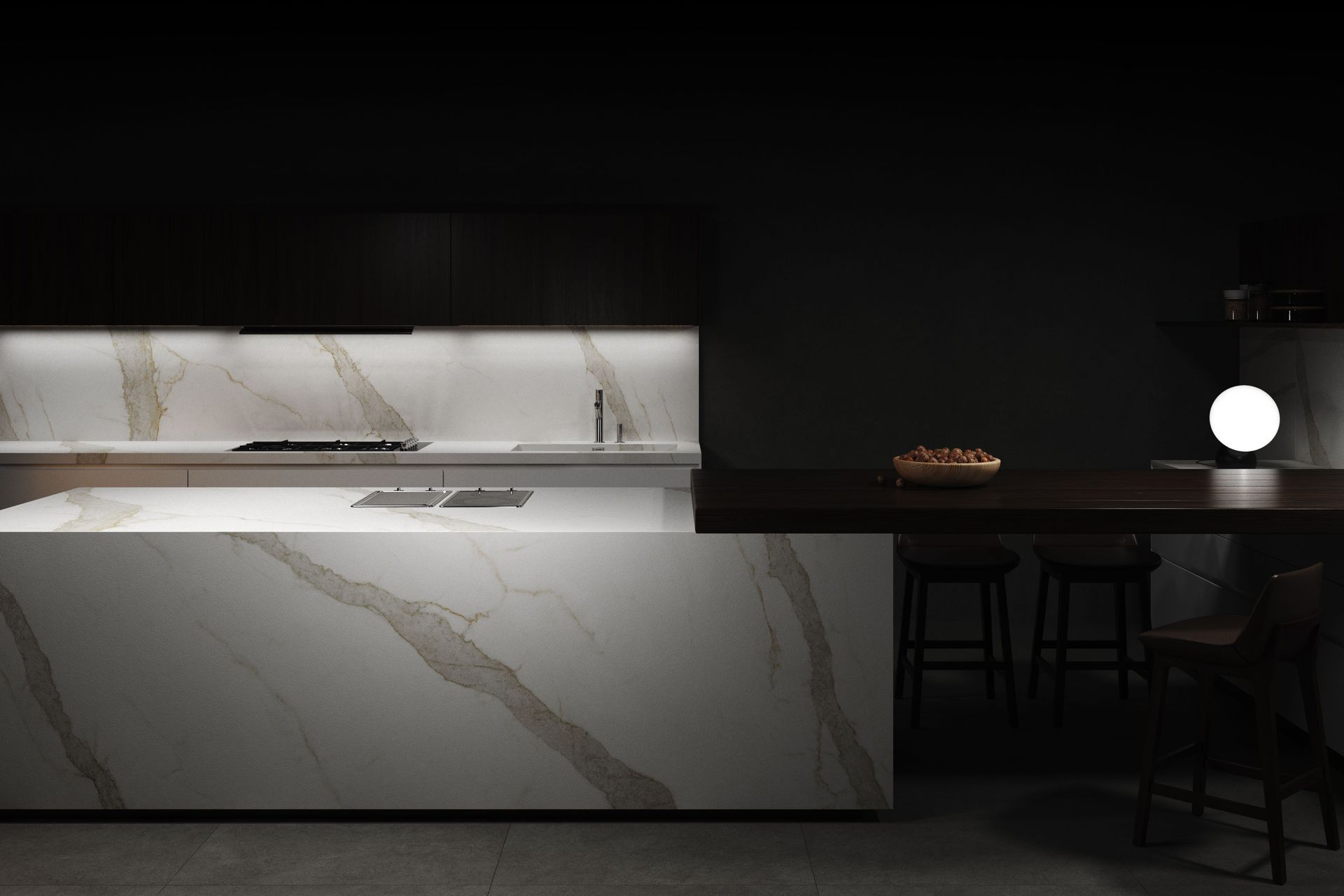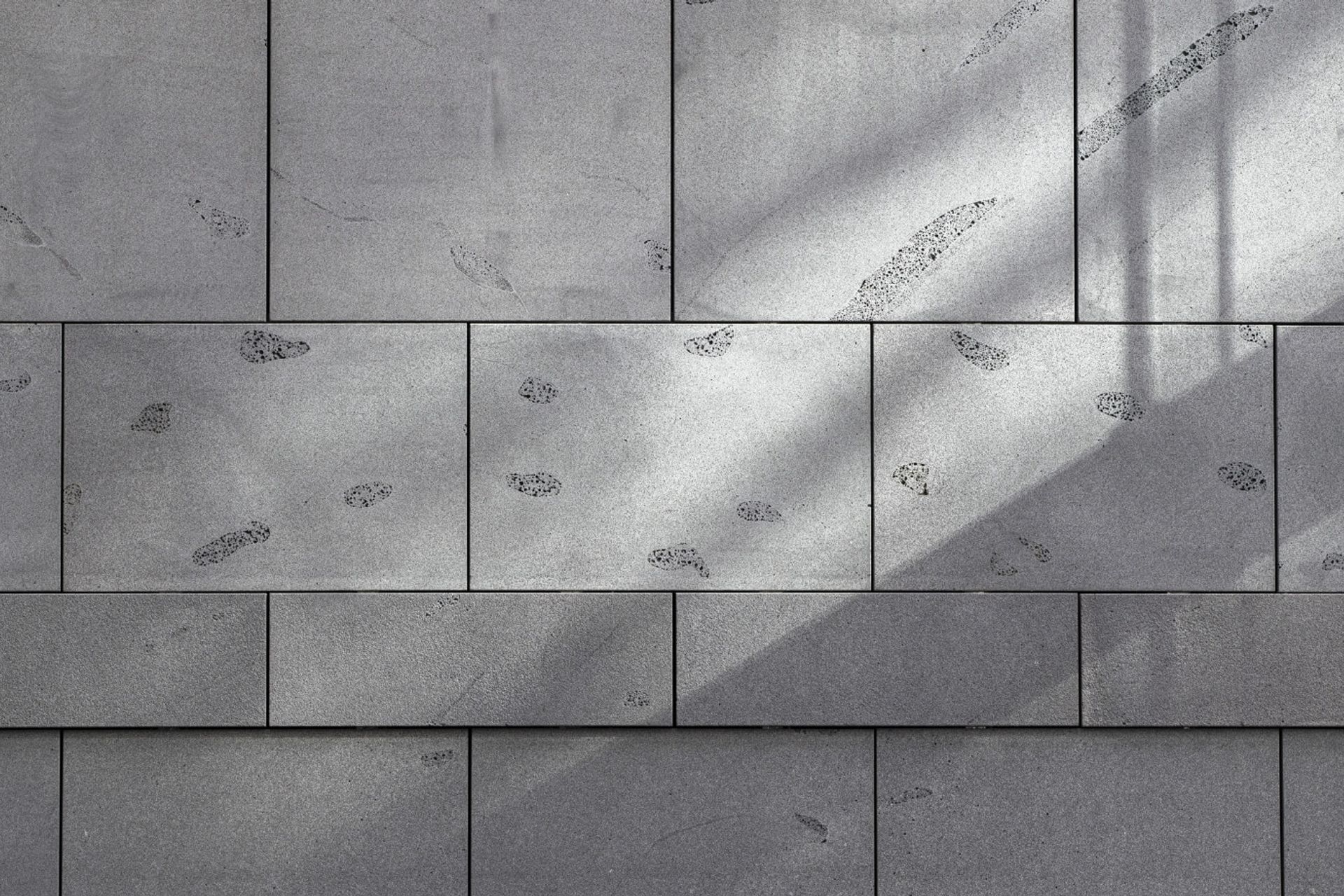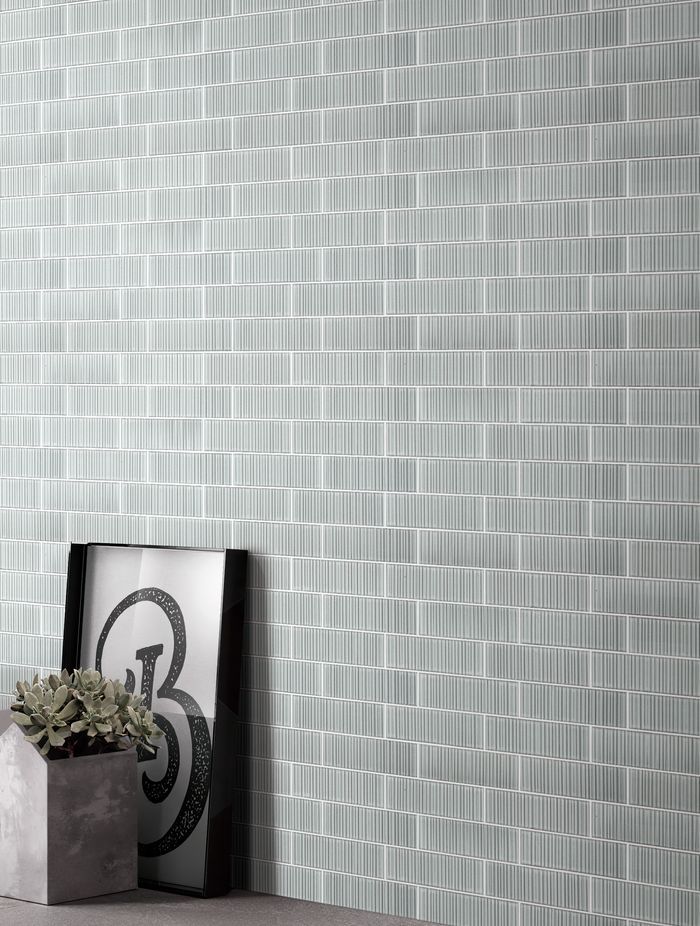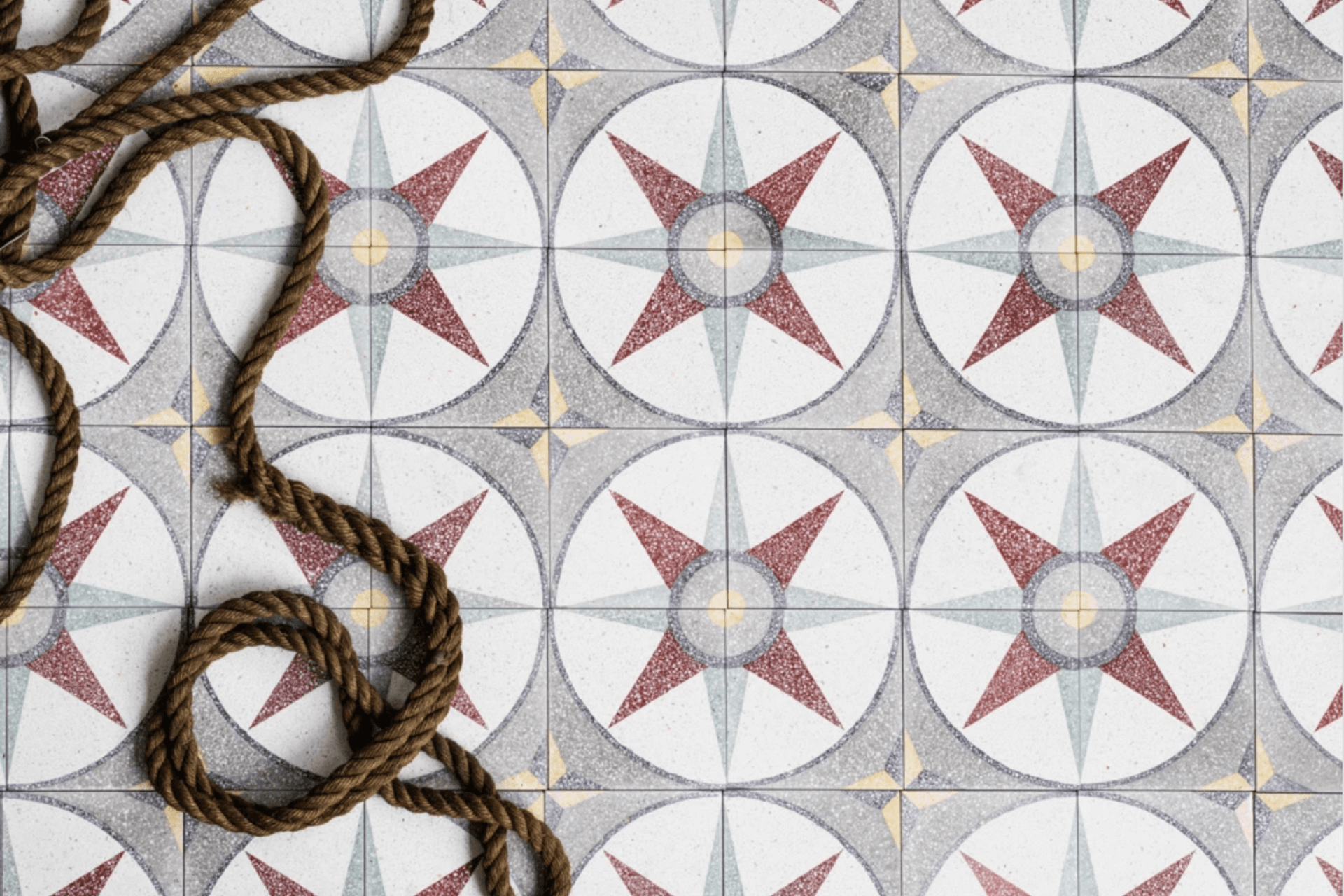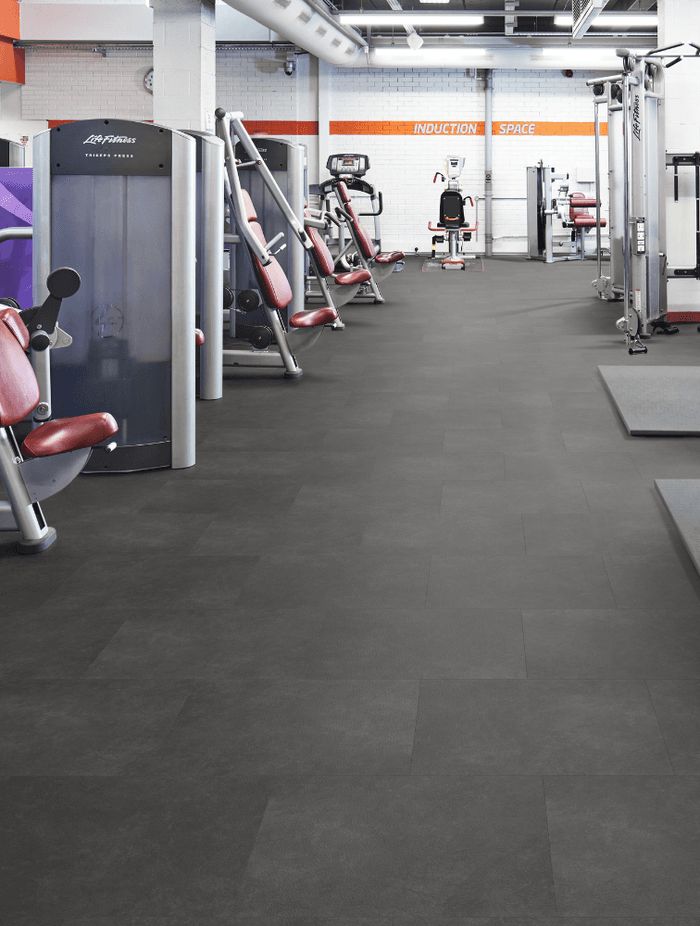18 striking types of tiles to consider for your home in 2024

If you're redecorating or just retiling a room, there are many different materials to consider. Each carries its unique characteristics, styles and finishes. This guide looks at some of the most popular types you may want to consider.
Popular Types of Tiles
1. Marble Tiles
Marble tiles offer a popular, luxurious option for flooring, wall coverings, countertops, backsplashes, and surrounds, as well as features such as fireplaces. These tiles are available in various colours and patterns, including white, beige, grey, black, and green, as well as veiny, banded, mottled, breccia, and figured. The beauty of natural marble is the unique veining and colour variations in each tile.
2. Ceramic Tiles
Ceramic tiles look great as wall tiles in a kitchen or bathroom. Their clean, uniform appearance gives the area they are used in a streamlined design and can make a space feel light and airy. Many ceramic tiles are available in glossy or matte finishes; glossy ceramic tiles are often associated with a more upscale, sophisticated style, while matte finishes represent a more organic, minimalist aesthetic.
3. Travertine Tiles
Travertine tiles are similar to marble in that they have a distinct, natural appearance with patterns of holes, pits, and troughs across their surface. Their naturally porous surface provides good slip resistance, which is why they are commonly used for flooring in indoor and outdoor living spaces. These tiles are relatively easy to maintain but require regular cleaning and sealing to prevent staining.
Related Article: 22 Bathroom Tile Ideas For Australian Homes
4. Terrazzo Tiles
Terrazzo tiles are a type of composite material made from chips of marble, granite, quartz, or glass. They have a speckled, multi-coloured surface created by the exposed chips set in the matrix and can range from subtle to vibrant colour combinations depending on the aggregate used. One of the key benefits of terrazzo is the ability to customise its look by choosing specific aggregate colours, chip sizes, and matrix colours. The dense composition of the material helps it resist cracks, chips and moisture penetration, making it very suitable for commercial applications.
5. Porcelain Tiles
Porcelain tiles are constructed from a dense, refined clay mixture fired at extremely high temperatures to improve their hardiness. They tend to be dense, hard, and less porous than ordinary ceramic tiles, helping protect them from excessive water exposure and stains; this makes them ideal for bathrooms and kitchens. Modern manufacturing techniques, particularly digital printing, allow porcelain tiles to mimic almost any appearance of many materials, such as hardwoods, natural stones, and marble.
6. Engineered Stone Tiles
Engineered stone tiles refer to a type of tile made from crushed pieces of natural stone, typically quartz or granite, bound together with resin binders and pigments. This makeup allows the tiles to mimic the appearance of natural materials. Engineered stone tiles are often used for countertops, flooring, wall cladding, and other interior applications where natural stone's durability and low-maintenance properties are desired but with greater design flexibility and uniformity. Since these tiles are 'engineered', they can be more sustainable and renewable than other tile choices.
7. Granite Tiles
Granite tiles offer exceptional patterns formed through the material's natural formation, creating intricate veining, swirls, and crystalline patterns that are truly one-of-a-kind. As one of the hardest natural stones available, granite is highly resistant to scratches, chips, and dents. One of granite's unique benefits is its excellent thermal conductivity properties, meaning the material can absorb and radiate heat better than other tiles, making it an ideal choice for floors with underfloor heating systems. This feature ensures a more efficient and uniform distribution of warmth, enhancing any space's comfort and energy efficiency.
Also, granite's inherent antibacterial properties make it a safer choice for kitchen countertops and bathroom surfaces, as it naturally inhibits bacterial growth. Its unparalleled colour permanence also ensures that the tiles do not fade over time, even when exposed to direct sunlight, preserving their beauty and vibrancy for decades.
Related Article: 11 Stylish Shower Tile Ideas for 2024
8. Limestone Tiles
Limestone tiles are a popular choice in architecture and interior design, known for their natural beauty and warm aesthetic. Available in a spectrum of colours, from soft whites and creams to rich browns and greys, their colouration is directly influenced by the minerals present in the region of formation. Offering a variety of finishes, limestone tiles can be polished, honed, or brushed to suit different design preferences and applications.
9. Quartz Tiles
Quartz tiles are a relatively new tiling material that is versatile and often used in kitchens and bathrooms, particularly for walls and backsplashes. As a material, quartz is easy to maintain. Its smooth surface requires only regular cleaning with warm, soapy water. The manufacturing process involves mixing quartz crystals with resins and pigments, allowing for a wide range of colours, patterns, and textures to be achieved.
10. Sintered Stone Tiles
Sintered stone tiles are made from a matrix of materials through a process known as 'sintering' which involves compacting and firing natural materials at high temperatures. The result is a product that combines the beauty of a natural stone with enhanced physical and technical properties. Sintered stone tiles tend to be lighter than natural stone or concrete tiles. Manufacturers can also produce sintered stone tiles that mimic the appearance of various natural stones, woods, or other materials, offering a wide range of design options.
11. Slate Tiles
Slate is an extremely durable natural stone known for its distinct beauty and inherent resilience. The material is also waterproof, fire-resistant, and unaffected by harsh weather. In addition, as a natural material, there's no need for chemicals or additional treatments during the manufacturing process of these tiles. Like concrete, slate can last between 50 and 100 years as long as properly maintained.
12. Bluestone Tiles
Bluestone tiles have a distinctive blue-tinged colour ranging from subtle blue-greys to more vibrant blue-green hues. The surface texture can vary from relatively smooth to rough and textured with natural notches and ridges. Bluestone is a natural stone, meaning every tile has a distinct appearance, and it is often used for outdoor paving, patios, pool decks, and walkways.
13. Concrete Tiles
Concrete tiles are exceptionally resistant to wear and tear, including scratches, stains and moisture. They are often used in interior areas such as entryways, hallways, living rooms, and kitchens, as well as exterior applications such as patios, pool decks, walkways, roofs, and courtyards. One of concrete's most distinct advantages is its incredible lifespan - with proper installation and maintenance, concrete can comfortably last between 50 - 100 years.
14. Brick Tiles
Brick tiles, sometimes referred to as thin brick tiles or brick veneers, are designed to mimic the look and texture of traditional clay brick. However, they are much thinner, usually ranging from 0.5 inch to 1 inch in thickness. They are available in a range of colour options, including reds, browns, tans, and greys, as well as various finishes such as wire-cut, smooth, or tumbled to achieve different looks.
Related Article: 15 Breathtaking Brick Houses in Australia to Inspire You
15. Mosaic Tiles
Mosaic tiles are constructed from small pieces of coloured glass, stone, ceramic, and other materials to create decorative patterns, images, and designs. The individual tiles can be cut or shaped into various sizes and forms. They are popular as flooring options in areas such as entryways, bathrooms, and kitchens, as well as wall coverings both indoors and outdoors.
16. Glass Tiles
Glass tiles offer a naturally transparent solution for various settings, such as kitchen and bathroom backsplashes, decorative walls, shower and bathtub surrounds, flooring accents, and entryways. Glass effortlessly reflects natural light and adds plenty of depth to any setting. Many glass tiles are made from recycled materials and come in various finishes, such as glossy and matte, as well as different colour varieties.
Related article: How to choose the best tile colours with timeless appeal and lasting value
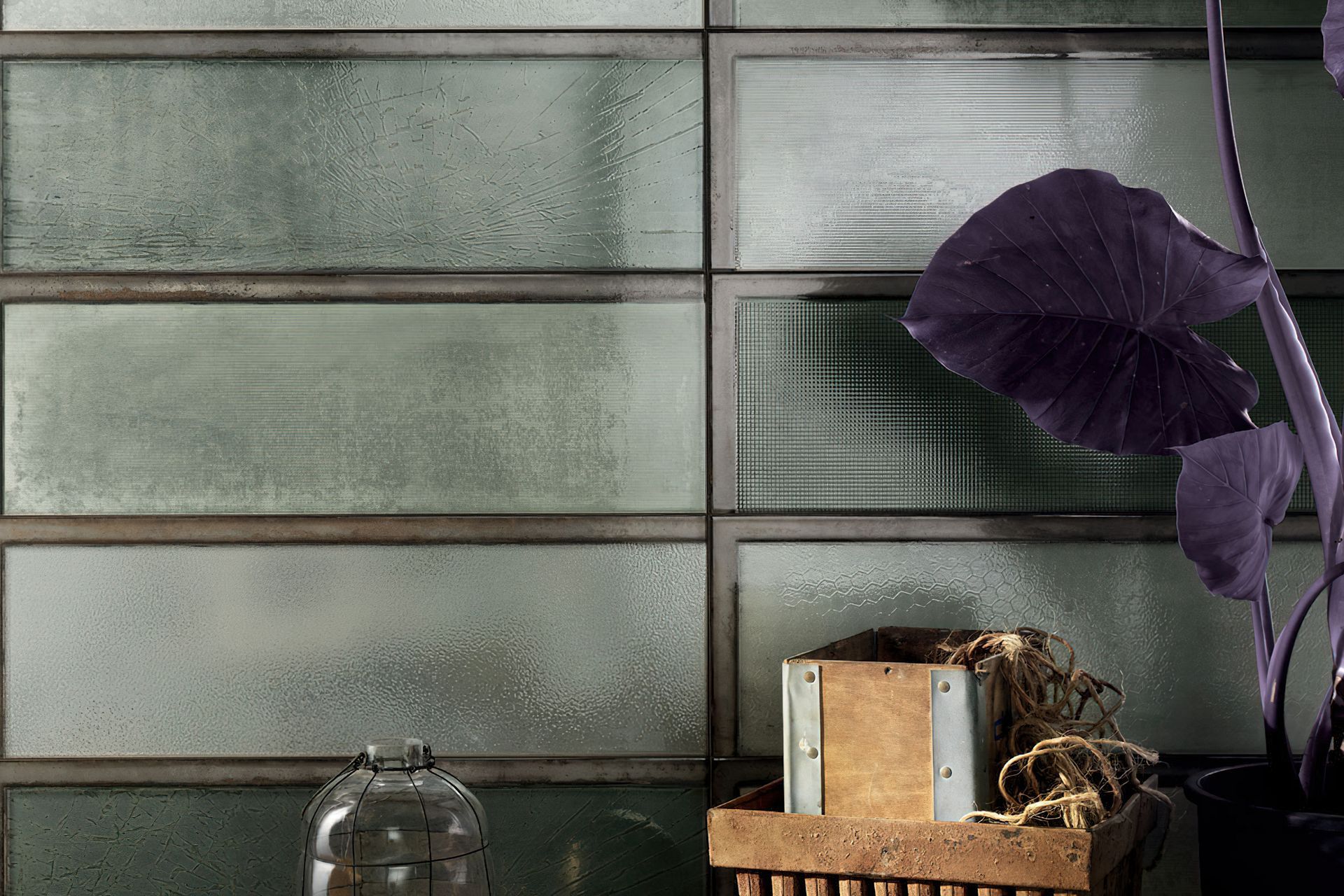
17. Encaustic Tiles
Encaustic tiles are constructed from two or more colours of clay that are inlaid together to create a pattern extending through the body of a tile. The two chosen colours will often contrast with one another and can sometimes represent this type of tile's origin. Encaustic tiles were first used in the medieval period and were commonly found in monastic settings and grand estates as a sign of wealth and status. In modern settings, they are often used in kitchens, especially those embodying a sense of tradition, as well as in bathrooms and outdoor settings such as pathways.
18. Vinyl Tiles
Vinyl tiles refer to a type of flooring made from PVC and other synthetic materials. They come in a variety of designs and colours that can mimic the appearance of other types of flooring. This flooring's standout feature is its hardiness, with most providers stating that it will usually last between 20 and 25 years. Vinyl tile flooring is often found in commercial environments such as gyms, retail stores, hospitals, and schools.
Related Article: Vinyl Flooring Price in Australia: A 2024 Breakdown
Plenty of Tile Inspiration
As you can see, different types of tiles can bring character to any residential or commercial environment, and they offer a fantastic solution for achieving longevity, style, and practicality in various applications.
Browse premium tiles from some of Australia's top suppliers on ArchiPro



